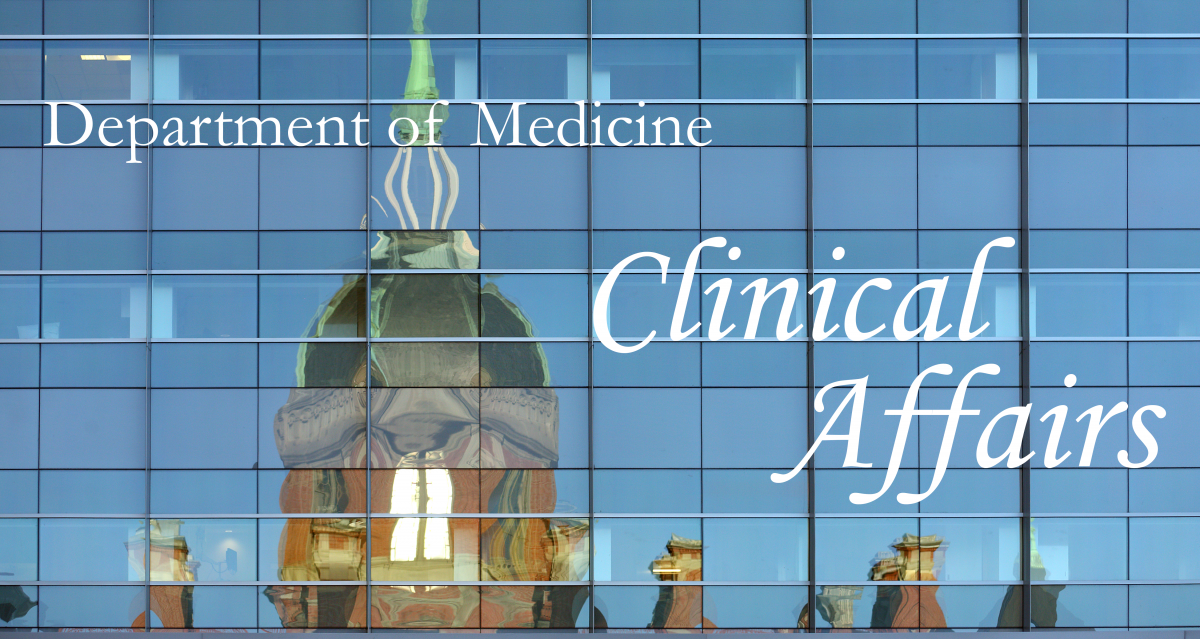The new Global Budget Revenue (GBR) agreements seem to be working. Initial statewide data show hospital volume is declining and quality is improving. We are now entering year three of a five-year demonstration project with the Centers for Medicare & Medicaid Services (CMS) as part of the waiver modernization program. So what’s next?
One of the unanticipated effects of this project is market shift adjustment or patient volume being moved from one hospital to another because of, for example, changes in the services a hospital offers. Under current GBR rules, true market shift (i.e. not incremental volume to the overall state volume) is only adjusted at about a 25 percent rate, so the receiving hospital (the hospital with the new volume) receives 25 percent of the GBR revenue for that case, while the sending hospital (the hospital that no is longer treating that patient group) keeps 75 percent of the GBR revenue. While overall inpatient volume is decreasing in Maryland, some hospitals are experiencing significant growth and demand for inpatient services. Johns Hopkins Hospital and Howard County General Hospital are examples within our system to experience a surge in demand. The current market shift split may be inadvertently incentivizing hospitals to restrict access (e.g. close beds) as a means to boost profitability. These are technical issues that will be addressed by the state and hospitals in the coming months.
Another major question to answer is how the next phase of this project, beyond the initial five-year period will incorporate non-hospital healthcare providers, including physicians, ambulatory surgery centers, skilled nursing facilities and other post discharge facilities. Under the current GBR contracts, it is conceivable for a hospital to shift some healthcare services from its regulated facilities to unregulated sites. However, this shift ultimately adds costs because the hospitals retain at least 75 percent of their GBR base, and the patients and third party payers still pay the non-hospital providers on a fee for service basis. Tying the total healthcare delivery system together to truly reduce healthcare costs will be the next big challenge for the state of Maryland and JHM as the largest provider of healthcare services in the state.
-Doug Brooks, Director of Finance
